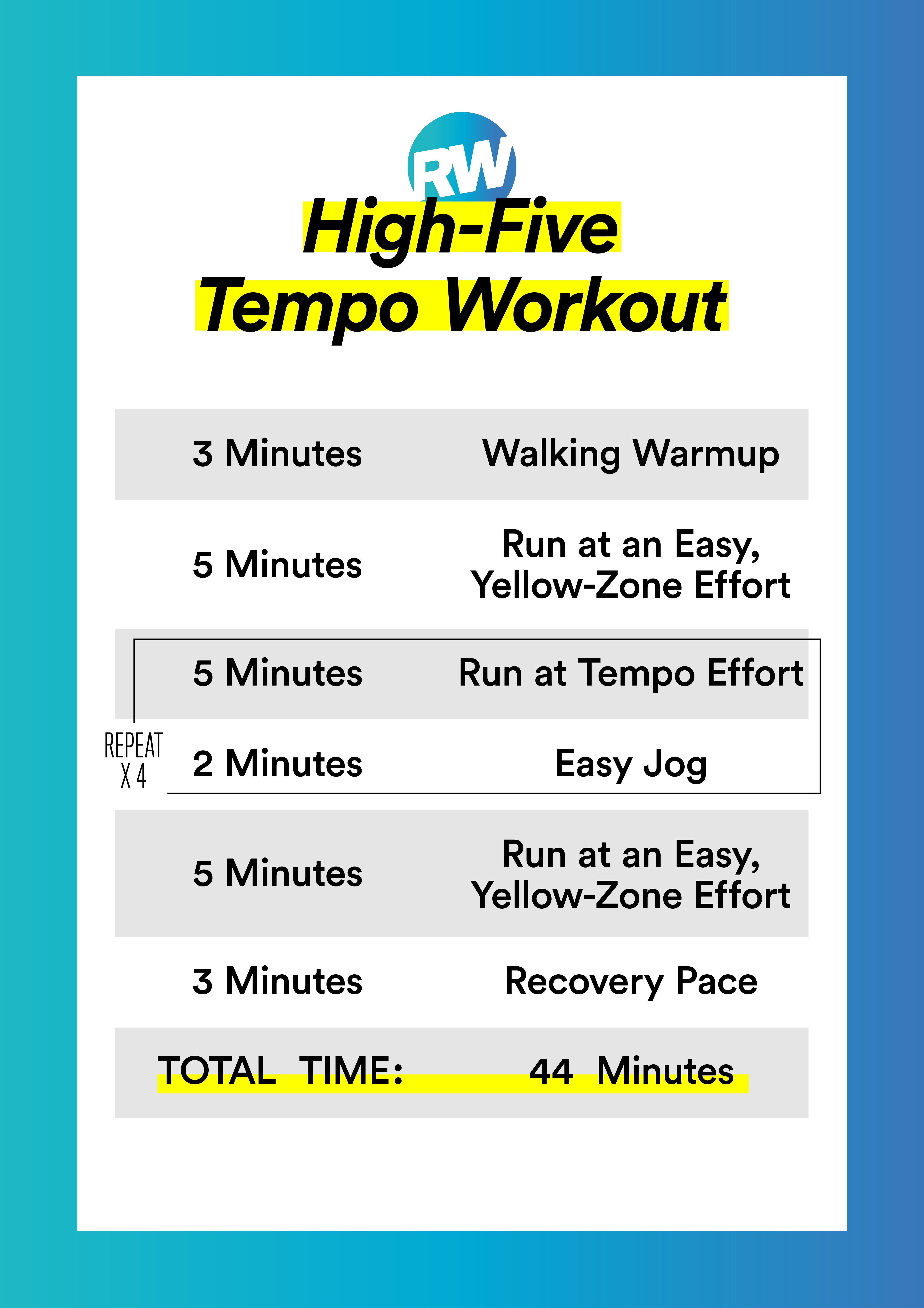The Ultimate Running Strategy Guide: Attain Your Physical Fitness Goals
The Ultimate Running Strategy Guide: Attain Your Physical Fitness Goals
Blog Article
Just How to stop and Take Care Of Discomfort in Running: Professional Tips and Guidance
As runners, we typically discover ourselves caught between the euphoria of pushing our physical boundaries and the discomfort that can accompany it. The pursuit of that jogger's high can often be prevented by the unwelcome companion of discomfort. Whether you are a skilled marathoner or a beginner hitting the sidewalk for the initial time, the unpleasant visibility of pain and discomfort is an usual denominator. There exist tried and tested approaches and skilled advice that can aid reduce and take care of these discomforts, permitting you to focus on the pleasure of running itself.
Value of Proper Shoes
Appropriate shoes plays a crucial function in avoiding and handling discomfort for joggers, as it considerably influences their comfort, performance, and total foot health. When it involves running, wearing the right footwear can make all the distinction. Ill-fitting or incorrect shoes can result in a host of issues such as sores, shin splints, plantar fasciitis, and a lot more serious injuries like stress cracks.
Picking the appropriate operating shoes involves taking into consideration aspects such as foot type, stride technicians, running terrain, and personal preferences. Runners with high arches might call for more padding and support, while those with flat feet could gain from stability footwear. In addition, recognizing pronation (the internal rolling of the foot) and supination (the outward rolling of the foot) can assist in choose shoes that supply the appropriate degree of arch support.
Buying top quality operating footwear that are appropriate for your individual demands can help avoid discomfort and pain while enhancing your running experience. Prioritizing appropriate footwear is not simply concerning efficiency yet additionally about safeguarding your foot wellness over time.

Effective Workout Methods
A dynamic workout routine prior to a run assists increase blood circulation to the muscle mass, improves adaptability, and improves the array of activity of the joints. Dynamic stretches like leg swings, high knees, and hip circles are advantageous in preparing the body for the physical needs of running.
Along with vibrant stretches, integrating some light cardio workouts such as jogging or missing rope can further raise the heart price and heat up the body. This mix of dynamic stretching and light cardio aids loosen up limited muscle mass, lubricate the joints, and emotionally prepares the runner for the upcoming exercise (running strategy). By making workouts a consistent component of your running routine, you can dramatically lower the danger of injuries and perform at your ideal during each run
Trick Stretching Workouts
When getting ready for a run, incorporating vital stretching workouts is important to improve muscular tissue adaptability and protect against injuries - Read More. Dynamic extends such as leg swings, high knees, and hip circles are beneficial for warming up the muscles and raising variety of motion prior to a run. These movements aid enhance blood circulation, loosen tight muscular tissues, and prepare the body for the activity ahead
Fixed stretches like calf bone stretches, hamstring stretches, and quadriceps stretches need to follow a go to assist in muscle healing and protect against tightness. Holding each stretch for 15-30 secs permits the muscles to kick back and extend, minimizing the threat of post-run discomfort and possible injuries.
Additionally, integrating yoga exercise poses like down pet, pigeon position, and back twists can target numerous muscular tissue groups at the same time, advertising total versatility and toughness. Regular stretching regimens not just improve performance yet also help in keeping excellent running form and protecting against overuse injuries. Keep in mind, correct stretching methods are important for a secure and satisfying running experience.
Healing and Relax Techniques
After completing a run, implementing efficient recuperation and rest strategies is necessary for optimizing efficiency and minimizing the danger of injuries. One critical aspect of healing is enabling the body time to relax and fix itself. Adequate sleep is critical as it is during rest that muscle mass recuperate and grow more powerful. In addition, including rest days right into your training schedule is essential to avoid overuse injuries and burnout.
Energetic recuperation methods such as mild stretching, foam rolling, and check these guys out yoga can aid improve circulation, minimize muscular tissue soreness, and improve adaptability. It is also helpful to prioritize hydration and nutrition post-run to renew electrolytes, glycogen shops, and advertise muscle recovery.
Cross-training activities like swimming or biking can offer a break from the repeated influence of running while still maintaining cardiovascular fitness - running workout. Listening to your body and identifying when it needs a break is crucial to avoid chronic injuries and making certain long-term running success. Keep in mind, rest is not an indication of weakness yet a critical element of a well-shaped training regimen
Cross-Training Perks

Furthermore, cross-training aids in preventing psychological exhaustion by adding variety to your exercise routine, keeping you determined and involved in your physical fitness journey. It permits you to deal with different facets of physical fitness that may not be targeted only with running, leading to an extra well balanced and well-rounded professional athlete. Additionally, cross-training can aid enhance running efficiency by dealing with muscle discrepancies and weaknesses that may prevent performance. In general, incorporating cross-training into your routine can bring about improved endurance, rate, and general sports efficiency while decreasing the likelihood of injury.
Conclusion
In final thought, proper shoes, workout methods, stretching workouts, recovery approaches, and cross-training are important parts in stopping and managing discomfort in running. By incorporating these techniques right into your routine, you can decrease the danger of injury and pain while making best use of efficiency and pleasure of the sporting activity. Read More. Remember to listen to your body, prioritize remainder and recuperation, and look for expert advice when needed to ensure a risk-free and effective running experience
Report this page